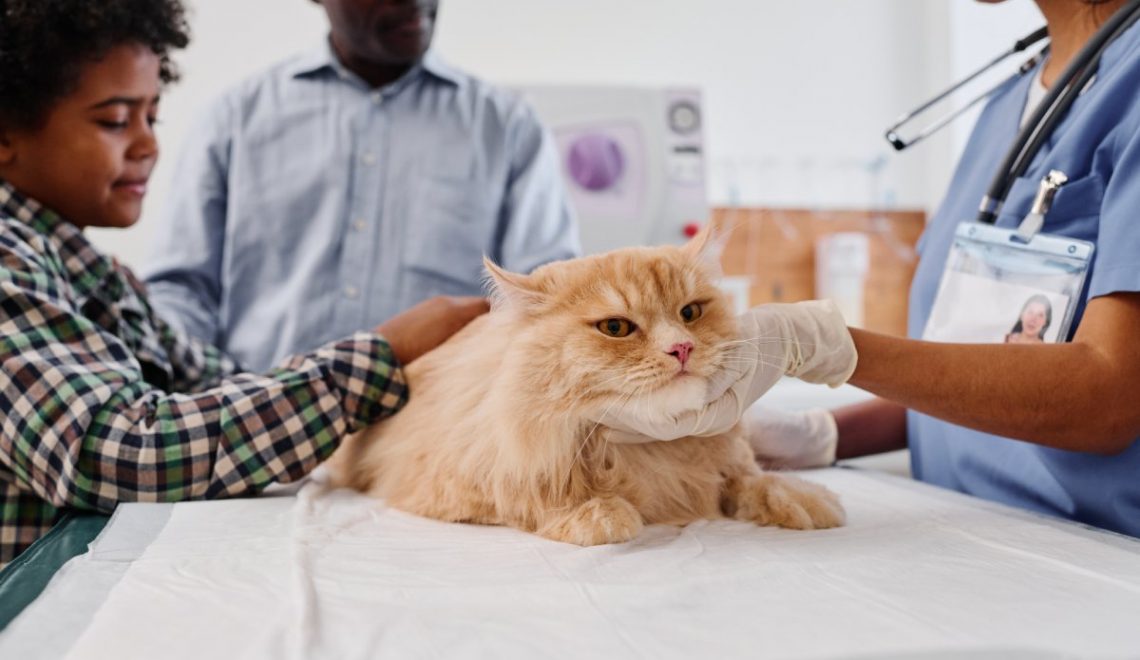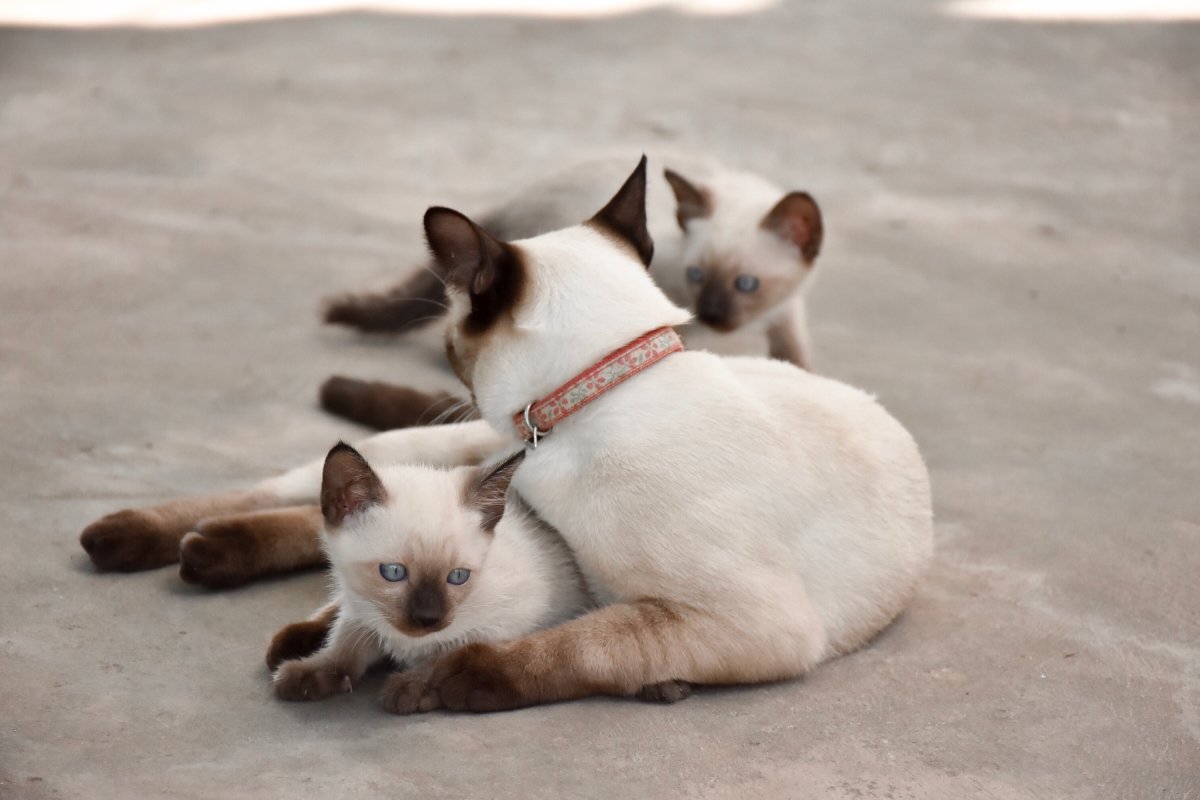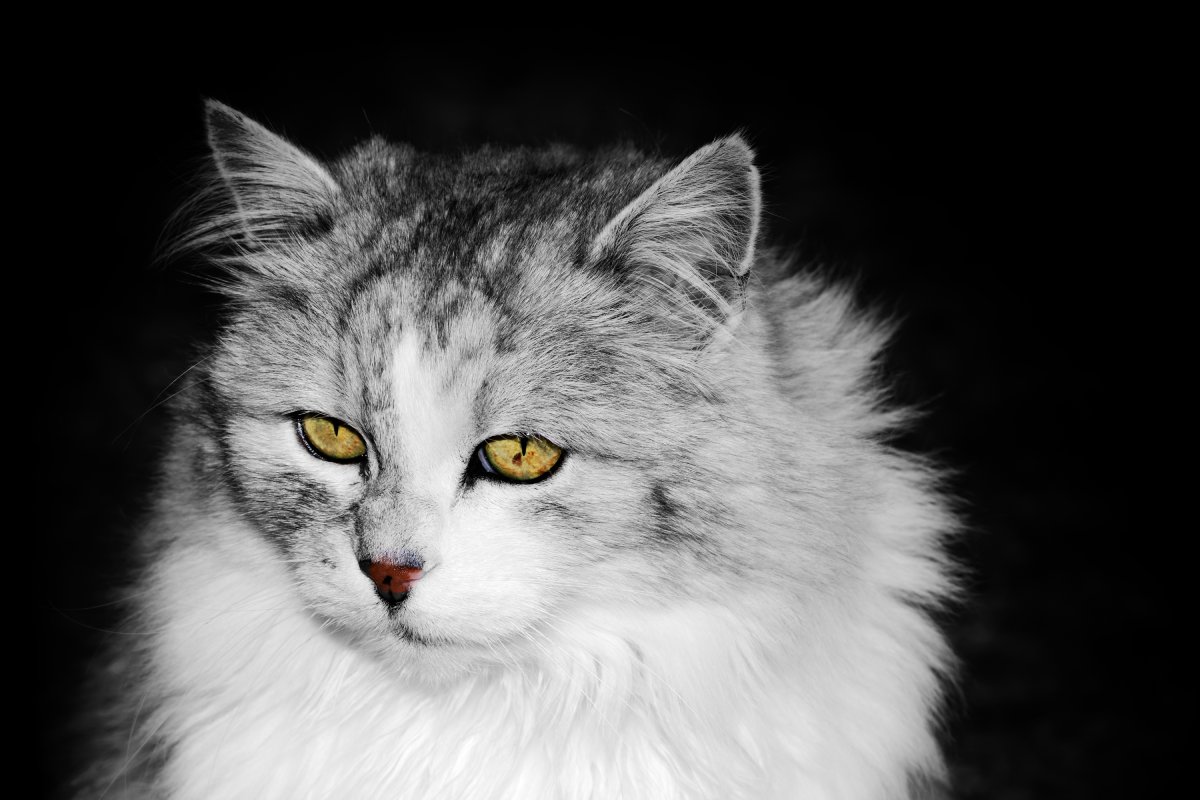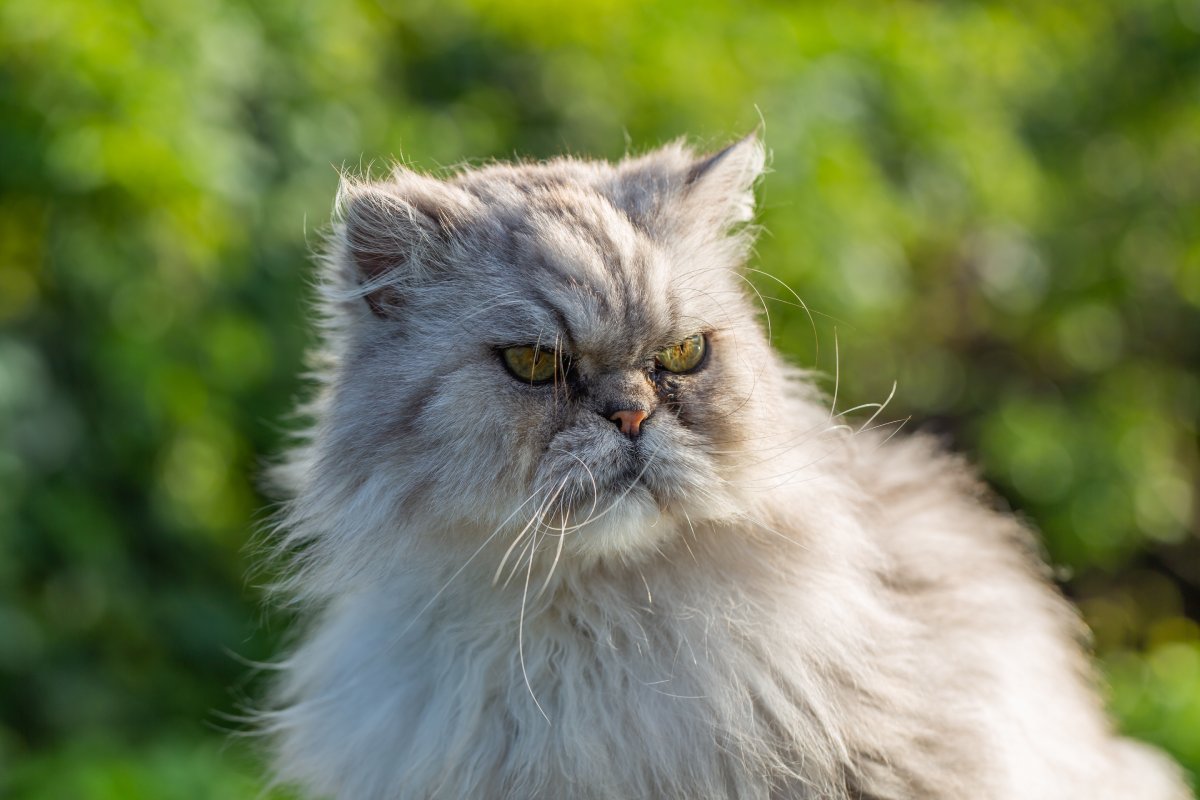
Cats are popular pets, and some people choose to buy purebred cats for their unique characteristics and traits. However, some breeders use inbreeding to produce these desired traits, which can lead to genetic health problems. Inbreeding is the breeding of closely related cats and can result in cats with physical and health issues.
Studies have shown that inbreeding can decrease the overall genetic diversity of a population, leading to a higher risk of genetic diseases and health problems. In a study published in the Journal of Animal Science, researchers found that inbreeding can reduce fertility, increase the frequency of genetic disorders, and lead to decreased immunity to diseases.
In this article, we are going to deliver some facts which include what cat breeds are unhealthy, what is the most inbred cat breed, and how can we tell if the cat is inbred. So we can help prevent some horrific conditions from happening to our beloved species.

Siamese cats
What cat breeds are unhealthy?
It’s important to note that all cats, regardless of breed, can experience health problems. However, certain breeds have a higher predisposition to certain conditions. Here are some of the unhealthy cat breeds:
- Persian Cats – Persian cats are prone to a number of health issues such as Polycystic Kidney Disease, breathing problems due to their short snout and flat face, and eye problems due to the shape of their eyes. They are also prone to skin and coat problems, as well as obesity.
- Siamese Cats – Siamese cats are prone to several health issues including eye problems such as glaucoma, heart problems, and bladder stones. They are also prone to a condition called “crossed eyes” which can cause vision problems.
- Scottish Fold Cats – Scottish Fold cats are known for their unique ears that fold forward. However, this physical trait is also linked to a genetic condition that can cause joint problems, especially in the hind legs.
- Maine Coon Cats – Maine Coon cats are prone to hip dysplasia, which is a genetic condition that causes hip joint problems. They are also prone to heart problems, as well as spinal cord problems.
- Exotic Shorthair Cats – Exotic Shorthair cats, like Persian cats, have a short snout and flat face which can cause breathing problems. They are also prone to eye problems and skin and coat problems.
It’s important to remember that just because a cat breed is prone to certain health problems, it doesn’t mean that every cat of that breed will experience those issues. Regular veterinary check-ups and a healthy lifestyle can help prevent or manage these conditions. Additionally, responsible breeding practices can reduce the incidence of genetic conditions in purebred cats.
While all cats can experience health problems, it’s important to be aware of the health issues that some cat breeds are prone to. Regular veterinary check-ups and a healthy lifestyle can help ensure that your cat remains healthy and happy.
What is the most inbred cat breed?
Inbreeding is the practice of breeding animals that are closely related, such as siblings or cousins, and is often done to maintain specific physical or behavioural traits. While inbreeding can result in purebred cats with desirable traits, it also increases the risk of genetic health problems.

Persian cat
The cat breed that is most commonly associated with inbreeding is the Persian cat. Persian cats have been selectively bred for their distinctive looks and personality traits for centuries, and their bloodlines have been closely guarded to maintain their unique appearance. This has led to a small gene pool, which can result in inbreeding and an increased risk of health problems.
Some of the health problems associated with inbreeding in Persian cats include breathing problems due to their short snout and flat face, eye problems, skin and coat problems, and obesity. They are also prone to Polycystic Kidney Disease, a genetic condition that affects the kidneys and is common in Persian cats.
In addition to Persian cats, other breeds that are often inbred include Siamese cats, Scottish Fold cats, Maine Coon cats, and Exotic Shorthair cats. These breeds have also been selectively bred to maintain specific traits and have small gene pools, which increases the risk of inbreeding and genetic health problems.
It’s important to note that not all breeders engage in inbreeding, and responsible breeders take steps to prevent it. This includes using stud cats from different bloodlines, as well as importing cats from other countries to broaden the gene pool.
Though inbreeding is a common practice among some cat breeders, it increases the risk of genetic health problems and should be avoided. When choosing a cat, it’s important to find a responsible breeder who takes steps to prevent inbreeding and maintain the health of their breeding cats and kittens.
How could we know if the cat is inbred?
Determining whether a cat is inbred can be difficult, but there are several signs and indicators to look for. Here are a few ways to determine if a cat is inbred:
- Physical Characteristics: Inbred cats often have distinctive physical traits that are consistent within their breed, such as specific body shape, coat colour, or eye shape. If a cat exhibits these traits to an extreme, it may indicate that they are the result of inbreeding.
- Health Problems: Inbreeding can increase the risk of genetic health problems, such as breathing difficulties, eye problems, skin and coat issues, and obesity. If a cat is experiencing multiple health problems, it may indicate that they are inbred.
- Pedigree Information: The best way to know if a cat is inbred is to look at their pedigree information. This is a record of the cat’s ancestry and will indicate if their parents, grandparents, or other ancestors are closely related. If a cat’s pedigree shows close inbreeding, it may indicate that the cat is inbred.
- Breeder Reputation: Responsible breeders avoid inbreeding and take steps to maintain the health of their breeding cats and kittens. If you’re considering buying a cat, research the breeder and find out if they have a reputation for responsible breeding practices.

Short snout and flat face indicate that the cat is most likely to be inbred, this condition is causing breathing problem
Determining if a cat is inbred requires a close examination of their physical characteristics, health, pedigree information, and the reputation of the breeder. By being aware of the potential signs of inbreeding, you can make an informed decision when choosing a cat and help ensure that you are bringing a healthy and happy pet into your home.
In conclusion
It is important to be aware of the potential signs of inbreeding when choosing a cat, such as distinctive physical traits, health problems, pedigree information, and the reputation of the breeder. This article will explore the different ways to determine if a cat is inbred, so that you can make an informed decision when choosing a cat and ensure that you bring a healthy and happy pet into your home.
Inbreeding can have serious consequences for the health of cats, and it is vital to consider the potential signs of inbreeding when choosing a pet. By being aware of the scientific data on the effects of inbreeding and looking for the potential signs of inbreeding, you can make an informed decision and ensure that you bring a healthy and happy cat into your home.

